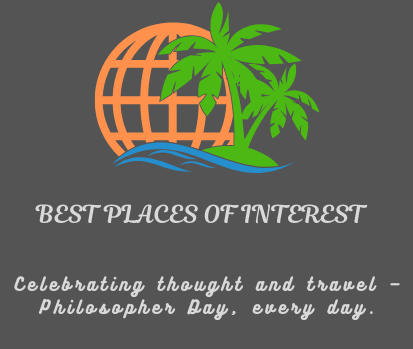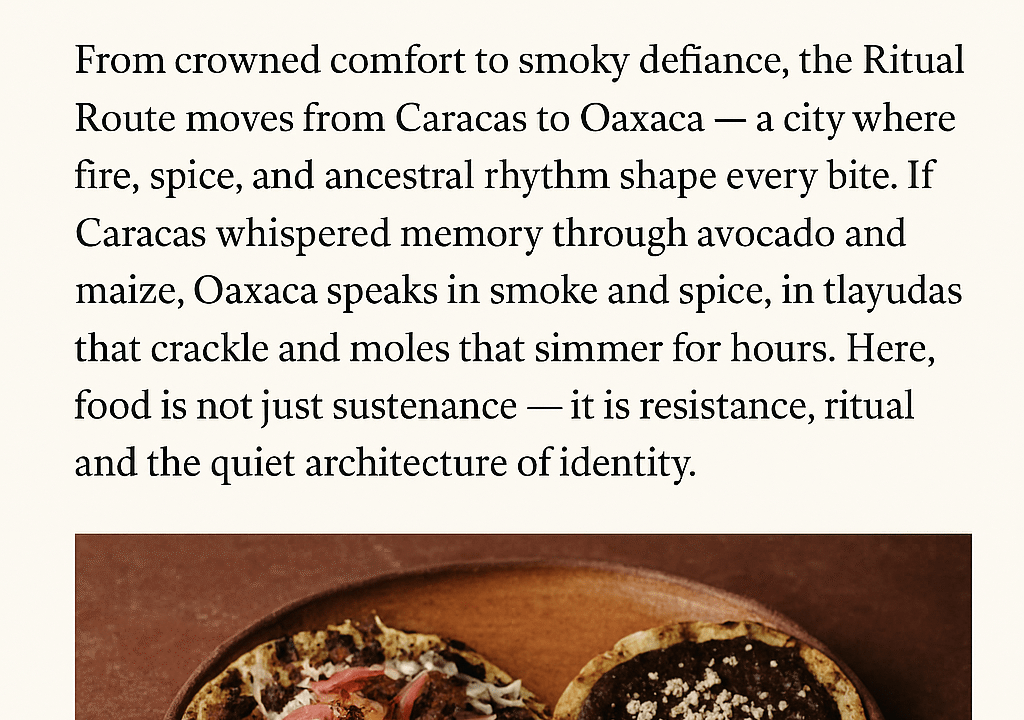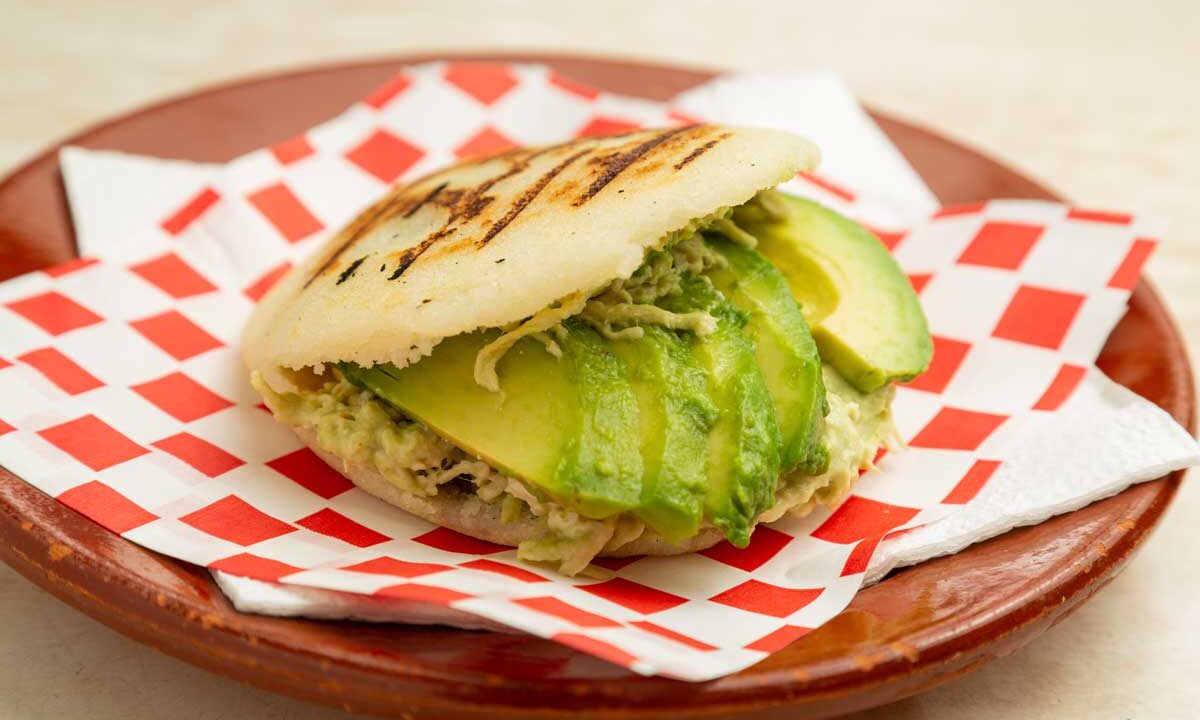Christmas and New Year’s rituals across cultures remind us that the season rises not with gifts, but with light — a candle lit, a star hung, a table set.
Christmas and New Year’s rituals in India”
The pause of A Quiet Thanksgiving now gives way to celebration. In Mumbai, fairy lights spill across balconies, fruitcake slices rest beside mithai, and families gather with laughter that carries into the night. In Lisbon, citrus and spice linger in kitchens, while carols echo through narrow streets.
In Mumbai, Christmas rituals blend fruitcake and mithai, while Lisbon’s tables echo New Year’s traditions across cultures.
This arc is not about spectacle alone; it is about continuity. The gratitude stirred in the mixing bowl now rises in the oven, becoming warmth shared across tables. The trilogy cadence shifts once more: from survival to ritual, from reflection to celebration.
Gratitude Transforms into Celebration
The cake mixing ceremony taught us patience, and Thanksgiving reminded us of quiet gratitude. Now, Christmas and New Year’s transform that gratitude into joy.
- India: Christmas tables blend fruitcake, mithai, and roast chicken, echoing Christmas traditions observed worldwide. Families gather for midnight mass, then return home to festive spreads that mix tradition with adaptation.
- Global echoes: In the U.S., carols and stockings mark the season. In Europe, mulled wine and harvest breads carry centuries of ritual. In Asia, lanterns and fireworks light the skies as the calendar turns.
This Christmas and New Year’s arc reminds us that gratitude evolves — from silence into song, from pause into celebration.
Rituals of Renewal
Every culture marks renewal differently, yet the rhythm is shared.
- Symbolic acts: lighting candles, exchanging gifts, and making resolutions.
- Mumbai: lanterns and sweets alongside fruitcake slices, fireworks bursting over Marine Drive.
- Lisbon: citrus zest folded into festive breads, cinnamon echoing through kitchens.
- Universal rhythm: renewal through ritual, marking the passage of time with food, light, and community.
A Christmas ritual in India may look different from one in Lisbon, but both carry the same essence: gratitude rising into joy, joy flowing into renewal.
Celebration Across Cultures
Traditions adapt when transplanted, yet they retain their heartbeat.
- In Mumbai, roast chicken sits beside vada pavs, fruit bowls beside pumpkin pie.
- In Lisbon, bifanas and pastel de nata join citrus breads and mulled wine.
- Across Asia, fireworks and lanterns mark the renewal, as seen in New Year’s celebrations worldwide.”
This Christmas and New Year’s celebration across cultures shows us that renewal is not uniform, but universal.
Christmas carols and New Year’s traditions across cultures
No festive arc is complete without the sound of carols. From medieval Europe to modern Mumbai, carol singing has been a way to bind communities together. The tradition began as circle dances and storytelling songs in the Middle Ages, later evolving into hymns celebrating the Nativity. By the Victorian era, carols like Silent Night and O Come, All Ye Faithful became household staples, sung in churches, homes, and streets. Carols like Silent Night trace back centuries, with origins detailed in the History of Christmas Carols.
In Mumbai, carol groups often walk through neighborhoods, singing at doorsteps and gathering donations for charity. In Lisbon, carols echo through narrow streets, blending folk tunes with sacred hymns. Across cultures, carols symbolize peace, goodwill, and unity — themes central to the season.
Carols also embody renewal: their repeated refrains mirror the rhythm of the trilogy arc. Where A Quiet Thanksgiving offered silence and reflection, carols bring sound and celebration, carrying gratitude into song.
Trilogy Cadence
The trilogy rhythm remains intact:
- Street Food Diaries → survival and rhythm.
- Cake Mixing Ceremony → ritual and remembrance.
- A Quiet Thanksgiving → reflection and adaptation.
- Christmas/New Year’s Arc → celebration and renewal.
Together, they carry us from the street to the soul, from survival to gratitude, from gratitude to joy.
Anticipation and Continuity
The oven waits, and so do we. The batter rises, tables are set, and gratitude transforms into celebration. Christmas and New Year’s remind us that renewal is not just about turning a page, but about carrying forward memory, ritual, and rhythm.
Closing Note
From gratitude to celebration, the season rises. This post closes the festive arc and signals continuity: next, we turn to New Year’s reflections — where renewal becomes resolve, and the trilogy cadence prepares for its next chapter. From gratitude to celebration, Christmas and New Year’s rituals across cultures carry us forward.”
Continue the Trilogy
- The Cake Mixing Ceremony — Season’s Greetings Begins
- A Quiet Thanksgiving — Gratitude Across Cultures
Coming Next
New Year’s Reflections — where renewal becomes resolve, and gratitude transforms into intention.











